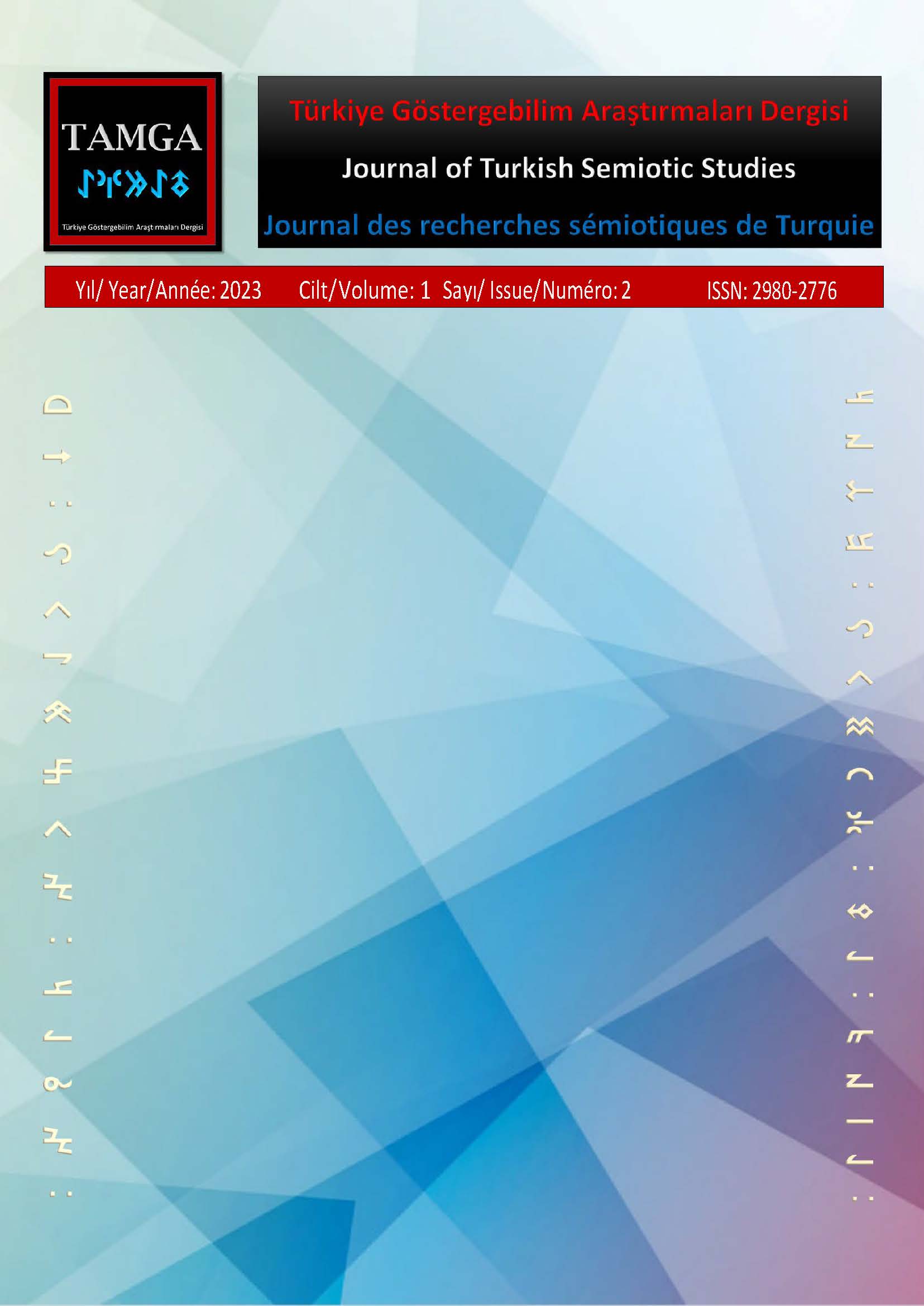Semiotics and transmission: Meaning in what sense?
DOI:
https://doi.org/10.5281/zenodo.10442602Keywords:
Semiotics, semiosis, disciplines, operationality, criticism, transmissionAbstract
Asking the question: “Where” to teach semiotics? we simultaneously induce the “what” of semiotics, the “to whom”, the “how” and the “why”: the whole didactic topics is at stake.
“What?” We begin by examining the conceptual diversity of semiotics using two case studies: (i) that of an urban space: the surroundings of Notre-Dame Cathedral in Paris, which can be read semiotically as a narrative, a “book of stone”, and (ii) that of the theoretical expansion of post-Greimassian semiotics – “the five fingers of semiosis” - by asking ourselves under what conditions a didactic synthesis is possible.
“To whom?” Can semiotics have the status of a “meta-discipline” at university? How does it relate to other disciplines? What is the pedagogical link between the addresser and the addressee of a knowledge that, while applicable to any object, might ultimately appear to have none at all?
“How?” The link between the necessary conceptual elaboration, on the one hand, and concrete operationality, on the other, is the essential issue in the transmission of meaning. Whether it involves literary and aesthetic analysis, social and political discourse, or visual objects in the situation, semiotics is a “doing”.
“Why?” The great global ecological crisis calls for a redefinition of the relationship between the exact sciences and the humanities. To what extent can semiotics contribute to this new eclecticism? How can it contribute to the formation of a “critical gaze”? What should be the relationship between scientific distancing and socio-political commitment?
References
Bordron, J. F. (2011). L’iconicité et ses images. Etudes sémiotiques. PUF, « Formes sémiotiques ».
Coquet, J. C. (2022). Phénoménologie du langage. Choix de textes édité par Michel Costantini et Ahmed Kharbouch. Lambert-Lucas.
Fontanille, J. (2008). Pratiques sémiotiques. PUF, « Formes sémiotiques ».
Greimas, A. J. (1966). Sémantique structurale. Larousse.
Greimas, A. J. (1970). Du sens. Seuil.
Greimas, A. J., & Courtes, J. (1979). Sémiotique. Dictionnaire raisonné de la théorie du langage, T. 1. Hachette.
Jancovivi, J. M. & Blain, C. (2021). Le monde sans fin. Dargaud.
Landowski, É. (2004). Passions sans nom. Essais de socio-sémiotique, III. PUF, «Formes sémiotiques».
Zilberberg, C. (2006). Eléments de grammaire tensive. Pulim, « Nouveaux Actes Sémiotiques ».
Downloads
Published
How to Cite
Issue
Section
License
Copyright (c) 2023 Denis Bertrand

This work is licensed under a Creative Commons Attribution 4.0 International License.



